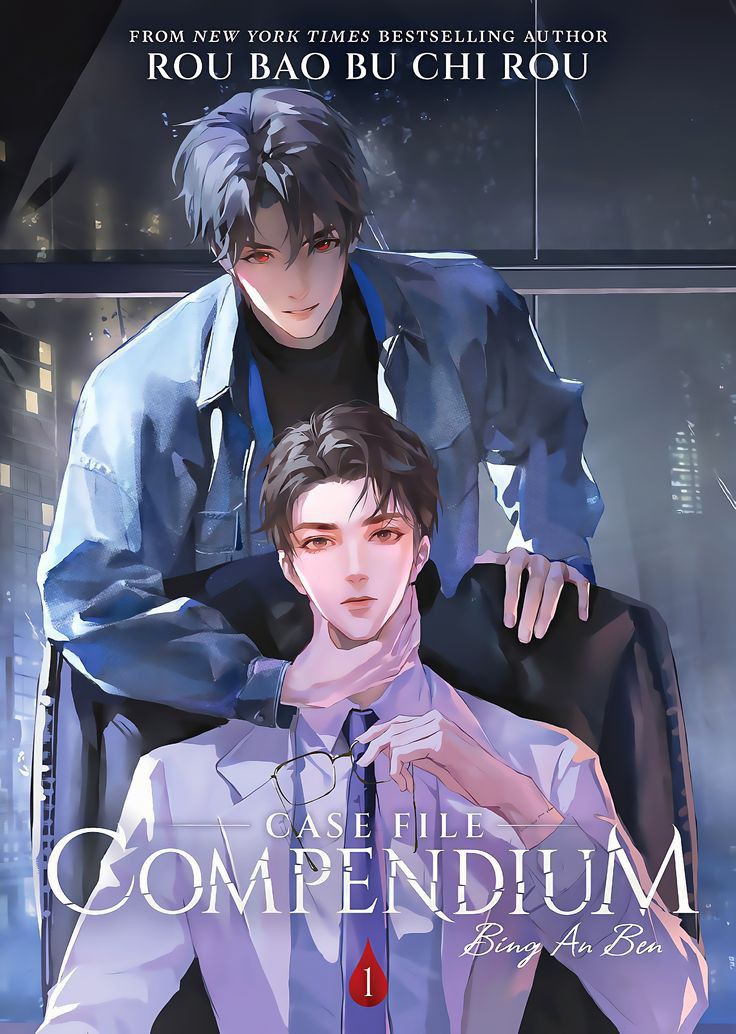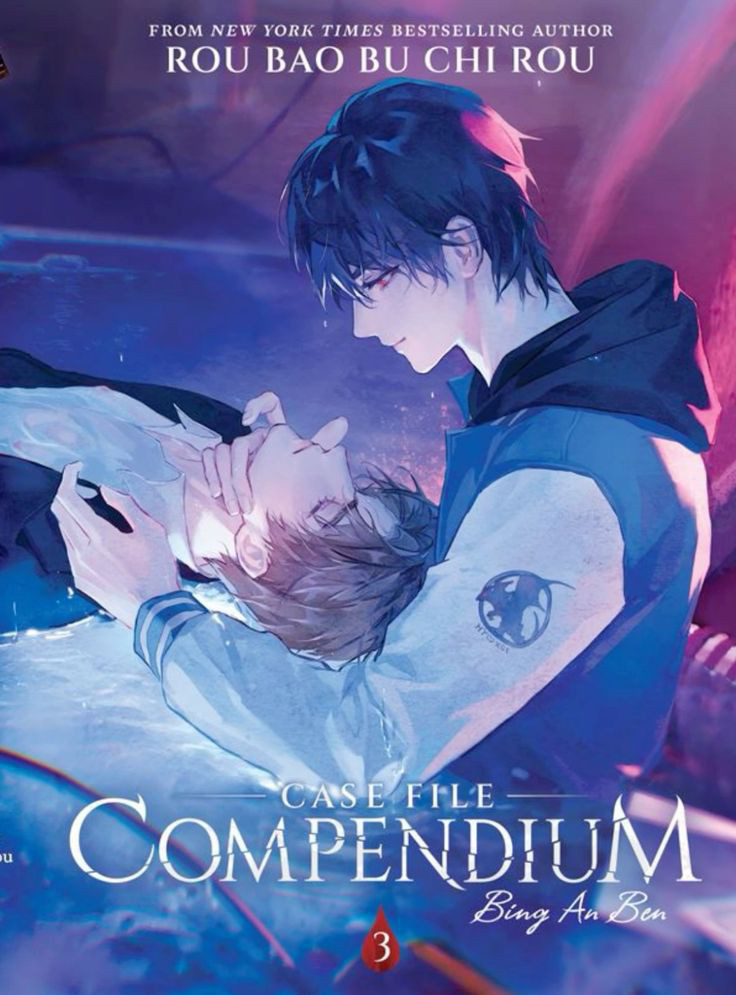This is the first Meatbun novel I read, right after finishing all of MXTX’s books. I chose to start with this one because the title caught my attention—The Husky and His White Cat Shizun. In real life, huskies are often a threat to cats. Huskies have a high prey drive, and they are notorious for attacking smaller animals. While you can find videos on TikTok of huskies coexisting with cats, that's usually because they grew up together or are well-trained. Even then, I would never let my cats near a husky. Vets know this, too. I've been to clinics where they made us wait outside just because a husky was inside. Sometimes, they’ll even separate our cats into a closed room when a husky arrives.
That said, the novel's dynamic between Mo Ran (the husky) and Chu Wanning (the white cat, his Shizun) plays out similarly—the "husky" definitely attacks!
The novel begins with Mo Ran, now in his thirties, having claimed the title of emperor in the mortal realm after flooding the world with blood and gore, killing anyone who opposed him. Strangely, he ends his life by drinking poison and lying down in an open grave under a tree where he first met Chu Wanning. This is suspicious, considering Mo Ran supposedly hated Chu Wanning, yet even after his death (two years prior, when Chu Wanning sacrificed himself to save the remnants of the cultivation world), Mo Ran preserved his Shizun's body with spiritual power and continued to visit it. He even cried one day when he couldn’t wear his disciple robes anymore. For someone who claimed to despise Chu Wanning, Mo Ran’s actions scream otherwise. His motivation to live seemed tied to his Shizun’s death. Really sus!
After taking poison, Mo Ran wakes up back in his 16-year-old body, realizing he's been given a second chance. He believes this is his opportunity to save the person he loves, Shi Mei, and prevent his descent into becoming Emperor Taxian-Jun. However, things start to change. It seems someone else from his future was also reborn and is causing events to spiral out of control, leading to Chu Wanning’s death instead of Shi Mei's. This is when Mo Ran’s perspective shifts. As he embarks on a quest to collect the scattered pieces of Chu Wanning’s soul for Master Huaizui (Chu Wanning’s Shizun) to cast the forbidden Rebirth spell, Mo Ran realizes his entire life has been built on a misunderstanding. The cruelty he inflicted on Chu Wanning in his past life? Completely misplaced. And more than that, Mo Ran realizes he was never in love with Shi Mei—his heart belonged to Chu Wanning all along.
That said, a word of caution: Meatbun’s novels are not for the faint of heart. Erha includes rape scenes and is packed with Mo Ran’s...let’s just say, "physical reactions." His constant arousal, especially when he’s near Chu Wanning, gets a bit annoying. I mean, really? A slight touch and he's hard again? Not to mention, I’ve seen this book in the teen section of my local bookstore, which is wild considering how explicit it is. But who am I to judge? As a teenager, I was sneaking into my mom’s bookshelves for her steamy novels, too! Also, it’s surprising to me that this book became a New York Times bestseller. Given the content, you’d think it would spark outrage in today’s cancel culture, but here we are—it tells you a lot about people’s hidden desires.
Despite Mo Ran’s constant...distractions, the story is engaging. With all its twists, surprises, and emotional revelations, it keeps you hooked. The moral of the story? Communication is key. Mo Ran’s entire villainous life stemmed from a lack of understanding, leading him to destroy the one person he actually loved. The novel also delves into the survival of clans, politics, and betrayals, similar to other danmei works.
The Husky and His White Cat Shizun is set to have thirteen volumes, and we're currently on book six. Book seven is expected to release on December 3, 2024. Meatbun has already finished the story, and you can read it online, but as I’ve mentioned before, I prefer physical books. Plus, Seven Seas’ English translation is better written than the unofficial ones.
I can't wait for book seven!





.jpg)



.jpg)
.jpg)
























